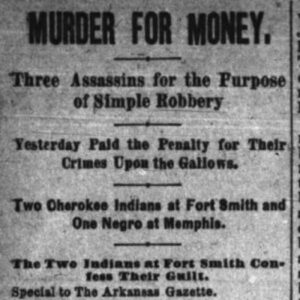 William Parchmeal Execution Article
William Parchmeal Execution Article
Entry Category: Law Enforcement - Starting with P
 William Parchmeal Execution Article
William Parchmeal Execution Article
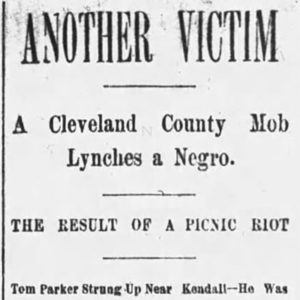 Parker Execution Article
Parker Execution Article
Pegues, Chris (Execution of)
Penal Systems
aka: Prisons
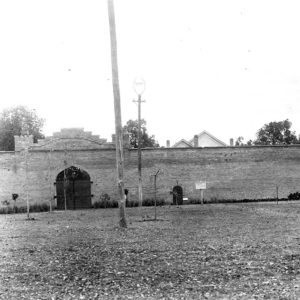 Penitentiary Entrance
Penitentiary Entrance
Peters, Albert (Execution of)
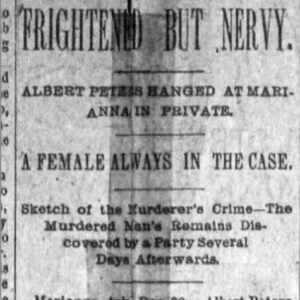 Albert Peters Execution Story
Albert Peters Execution Story
 Albert Peters Execution Story
Albert Peters Execution Story
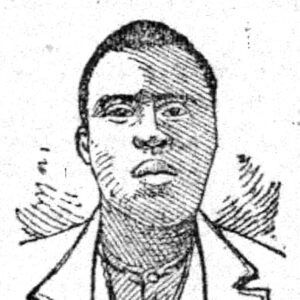 Albert Peters Portrait
Albert Peters Portrait
Pettus, Phillip (Execution of)
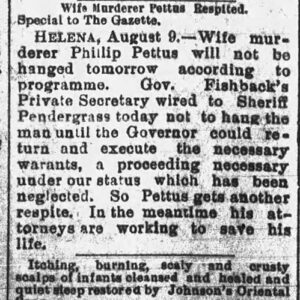 Phillip Pettus Execution Story
Phillip Pettus Execution Story
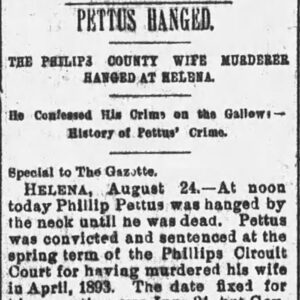 Phillip Pettus Execution Story
Phillip Pettus Execution Story
 Phillips County Penal Farm Cell Block
Phillips County Penal Farm Cell Block
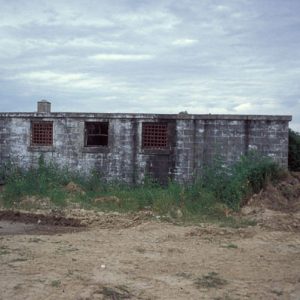 Phillips County Penal Farm Cells
Phillips County Penal Farm Cells
 Phillips County Penal Farm Water Tower
Phillips County Penal Farm Water Tower
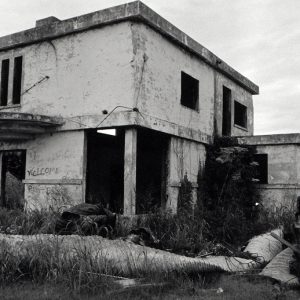 Phillips County Penal Farm Historic District
Phillips County Penal Farm Historic District
Phillips County Penal Farm Historic District
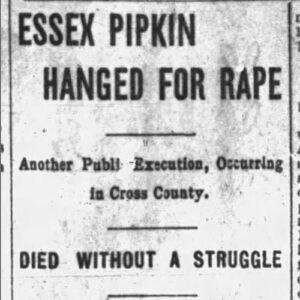 Essex Pipkin Execution Article
Essex Pipkin Execution Article
Pippin, Essex (Execution of)
Poe, Harry (Trial and Execution of)
 Harry Poe Execution Article
Harry Poe Execution Article
Pointer, John (Execution of)
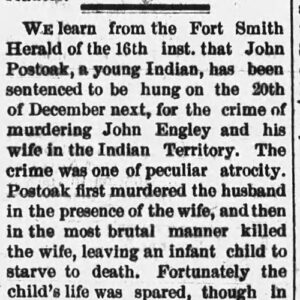 John Postoak Execution Article
John Postoak Execution Article
 Prison Hospital
Prison Hospital
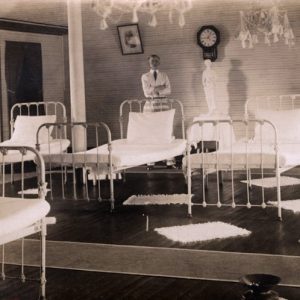 Prison Hospital
Prison Hospital
Prison Reform
 Pulaski County Jail
Pulaski County Jail




